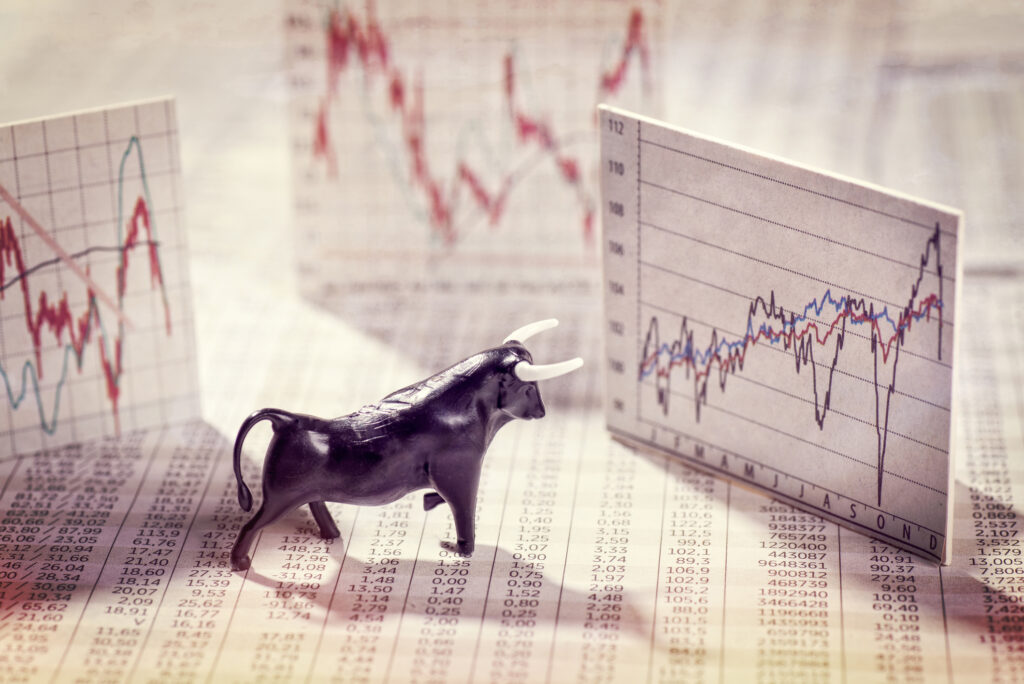Did the stock market perform better when Democrats or Republicans controlled the White House?
The S&P 500 (^GSPC 0.90%) is one of the three major financial indices in the United States. Measures the performance of 500 major domestic companies whose market capitalization covers approximately 80% of domestic stocks. Its scope and diversity make it the perfect indicator for evaluating the entire U.S. stock market.
The 2024 S&P 500 index rose more than 20% by the end of the third quarter, the strongest year-to-date performance of the 21st century, according to JPMorgan Chase & Co. The momentum is driven by excitement about economic resilience, artificial intelligence, and the Federal Reserve’s recent interest rate cuts.
But with the next presidential election just a month away, many investors are interested in the potential impact. Read below to learn how the S&P 500 performed with Democratic and Republican presidents in the White House.
Average stock market returns under Democratic and Republican presidents
Since its inception in 1957, the S&P 500 has increased in value by 12,950%, with an annual compounding rate of 7.4%. Its compound annual growth rate (CAGR) is based on the index’s price return and does not take into account dividends paid along the way. The total return including dividends will be even higher.
The chart below shows the S&P 500’s CAGR for each presidential term since the index was created. It also shows the median CAGR under Democratic and Republican presidents.
Data sources: YCharts and White House Historical Association (inauguration date). Shown above is the compound annual growth rate of the S&P 500 during Democratic and Republican presidents.
As shown in the graph, the S&P 500 achieved a median CAGR of 10.2% under Republican presidents and 9.4% under Democratic presidents. In that sense, the U.S. stock market performed slightly better when Republicans controlled the White House.
However, you can also look at this problem from another perspective. Specifically, instead of analyzing the CAGR over an entire presidential term, we can examine the gains in individual years. The graph below shows the S&P 500 return for each year since March 1957. It also shows the median annual returns for Democratic and Republican presidents.
Data source: YCharts. Shown above are the annual returns of the S&P 500 under Democratic and Republican presidents.
As shown above, the S&P 500 achieved a median annual return of 12.9% under Democratic presidents and 9.9% under Republican presidents. In that sense, the U.S. stock market did a little better when the Democratic Party controlled the White House.
Keep in mind that the president does not control the stock market or the economy. Their influence is limited to nominations and budget proposals. For example, the president nominates seven members of the Federal Reserve Board, but these nominees must be approved by the Senate.
Additionally, Kamala Harris has proposed raising the corporate tax rate, and Donald Trump has proposed the opposite. Both changes can affect the stock market and the economy. However, final decision-making authority regarding budget proposals rests with Congress, and members are not obligated to approve specific policies.
Additionally, some events that affect the stock market and the economy are beyond the control of elected or appointed officials. Consider the dot-com bubble, the global financial crisis, and the COVID-19 pandemic. All these events affected the stock market and the economy, and no one could prevent them.
History tells us that patient investors will be well rewarded no matter who wins the presidential election.
There are two important points for investors. First, you can manipulate statistics to achieve the desired result. As discussed, the stock market performed better under Republican administrations in terms of median CAGR across presidential administrations, but better under Democratic administrations in terms of median individual-year returns. . Both statements are true, but come to opposite conclusions.
Second, it would be a mistake to avoid the stock market just because one party controls the White House. Analysts at Goldman Sachs examined returns since the 1950s and found that “If you invest in the S&P 500 only during Republican or Democratic presidents, you will earn significantly less than if you invested in the index regardless of the party in power.” “There would have been a significant shortage,” he concluded.
The conclusion is: The S&P 500 has delivered a total return of 2,090% over the past 30 years. This equates to an annual return of 10.8%. This period covers a very wide range of economic and market conditions, so investors can expect similar returns over the next 30 years. In that context, the U.S. stock market is a smart place to invest your money, regardless of which party wins November’s presidential election.
JPMorgan Chase is an advertising partner of The Motley Fool’s Ascent. Trevor Jennewine has no position in any stocks mentioned. The Motley Fool has positions in and recommends Goldman Sachs Group and JPMorgan Chase & Co. The Motley Fool has a disclosure policy.



